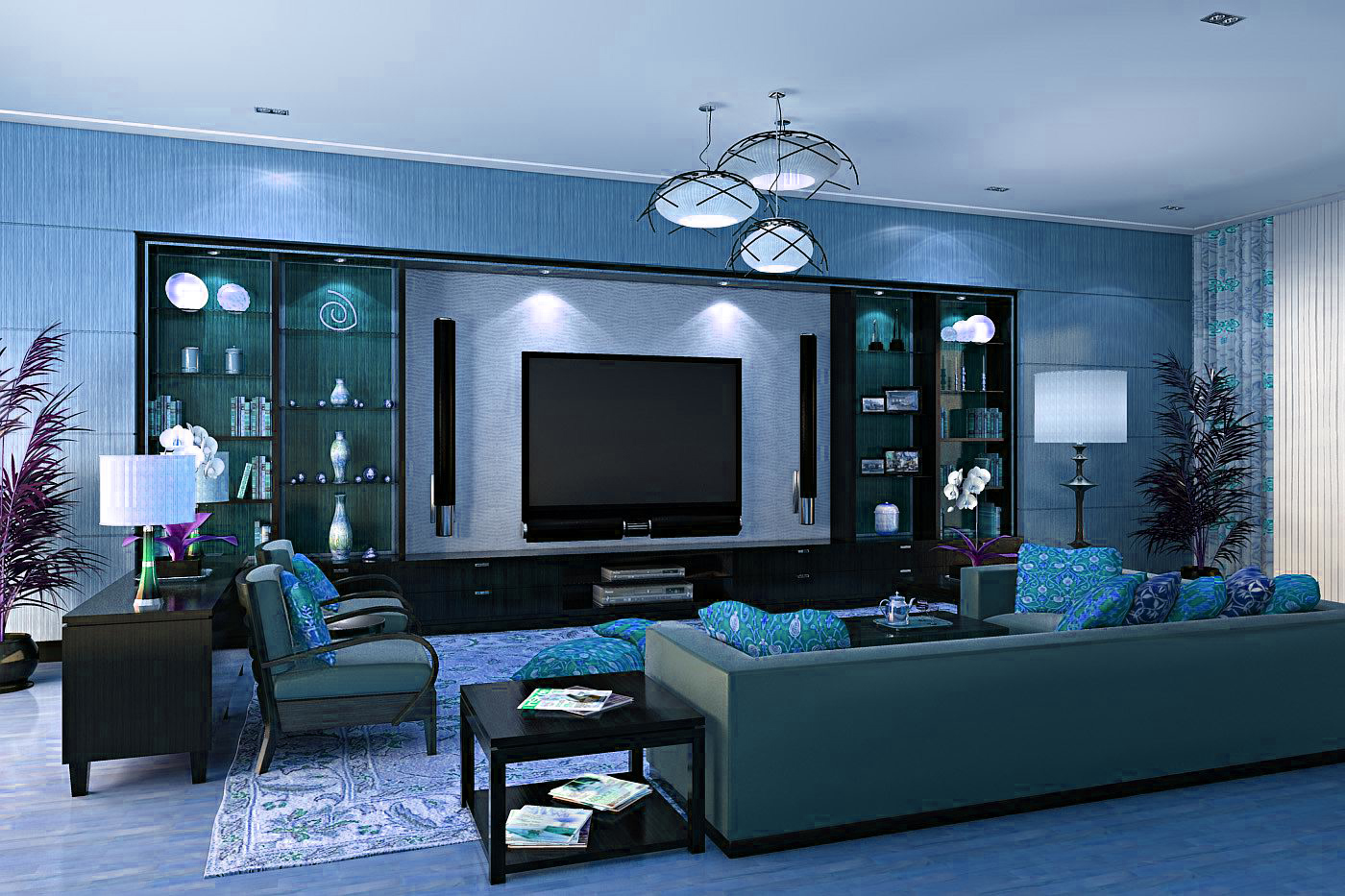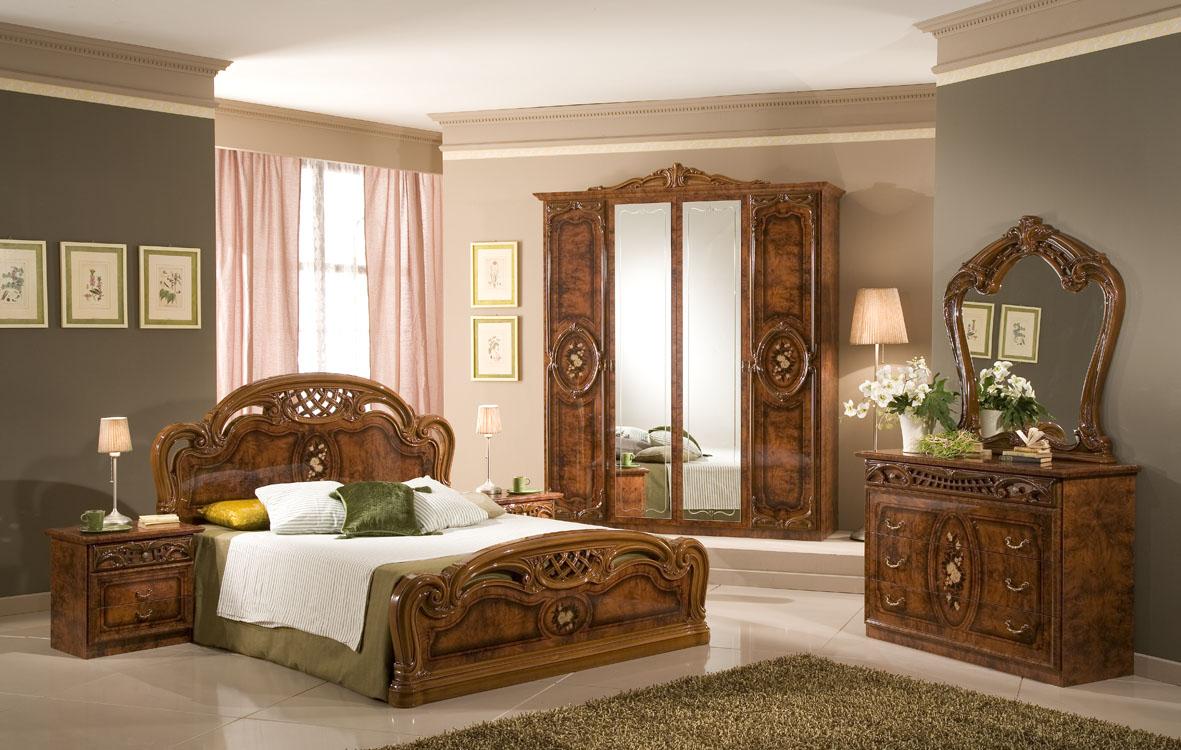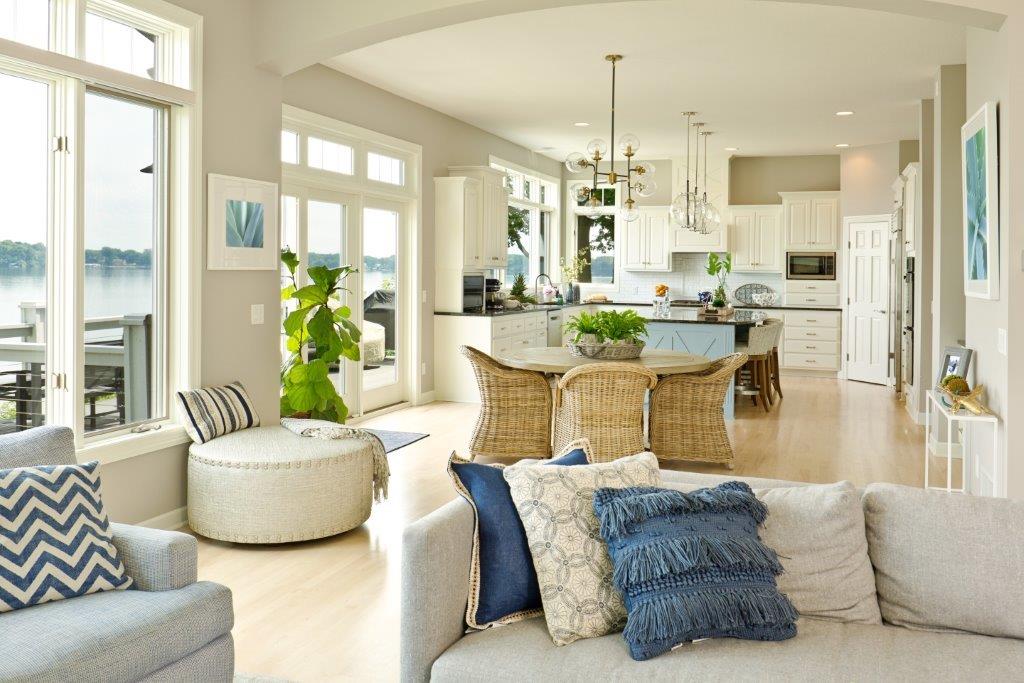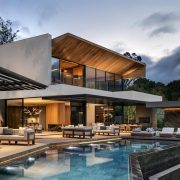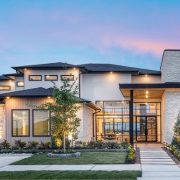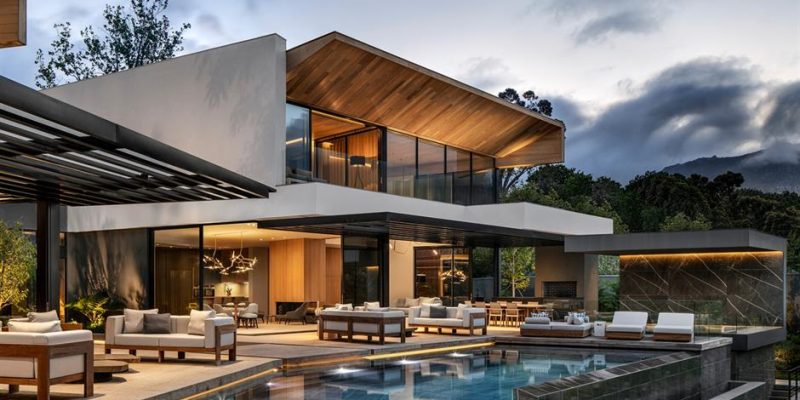
The concept of a home extends far beyond mere shelter. It represents comfort, security, personal expression, and a place where individuals and families cultivate well-being. In today’s world, homes are evolving to incorporate advanced technology, sustainable practices, and design strategies that enhance both functionality and aesthetic appeal. Understanding the modern home requires examining trends in architecture, interior design, energy efficiency, and lifestyle integration.
The Evolution of the Home
Historical Development
Homes have transformed over centuries, reflecting cultural, economic, and technological changes. Key historical developments include:
- Traditional dwellings: Early homes were primarily built for shelter, often using locally sourced materials such as mud, stone, or wood.
- Industrial-era housing: Urbanization and mass production introduced standardized housing, emphasizing functionality and cost-efficiency.
- Modern architecture: Homes began to integrate aesthetic considerations, modern materials, and innovations in construction, reflecting lifestyle and status.
The evolution of homes illustrates how societal priorities, technology, and design philosophies influence living spaces.
The Rise of Personalized Living
Today, homes are increasingly tailored to individual needs and lifestyle preferences. Modern homeowners seek spaces that combine comfort, productivity, and health-conscious design. Key considerations include:
- Flexible layouts: Open-plan designs accommodate multifunctional spaces for work, leisure, and family interaction.
- Ergonomics: Furniture and fixtures are designed to support physical health and reduce strain during daily activities.
- Aesthetic expression: Personalization through color palettes, textures, and decor allows homeowners to create unique environments.
Personalized living emphasizes that homes are not just physical spaces but extensions of identity and well-being.
Core Components of a Modern Home
Architecture and Structural Design
The structure of a home influences safety, functionality, and energy efficiency. Essential design considerations include:
- Foundation and materials: Durable foundations and high-quality materials ensure longevity and structural integrity.
- Spatial planning: Efficient use of space improves circulation, storage, and overall livability.
- Natural light and ventilation: Strategic placement of windows, skylights, and ventilation systems enhances comfort and reduces energy costs.
Structural design combines engineering principles with lifestyle requirements, creating homes that are both functional and aesthetically pleasing.
Interior Design and Comfort
Interior design plays a critical role in enhancing the quality of life within a home. Important elements include:
- Furniture and layout: Ergonomic furniture, optimized traffic flow, and designated functional zones improve usability.
- Lighting design: Layered lighting strategies, including ambient, task, and accent lighting, create mood, highlight features, and reduce eye strain.
- Acoustic considerations: Soundproofing and material selection enhance privacy and reduce noise-related stress.
- Color and texture: Thoughtful color schemes and textures influence mood, perception of space, and overall aesthetic appeal.
A well-designed interior balances functionality, comfort, and style to create a harmonious living environment.
Energy Efficiency and Sustainability
Sustainable design is an integral aspect of modern homes, reducing environmental impact and long-term operational costs. Key strategies include:
- Insulation and thermal efficiency: Proper insulation in walls, roofs, and floors reduces energy loss.
- Solar energy integration: Photovoltaic panels generate renewable energy, lowering reliance on non-renewable sources.
- Water conservation: Rainwater harvesting systems, low-flow fixtures, and greywater recycling minimize water consumption.
- Sustainable materials: Use of recycled, locally sourced, and non-toxic building materials supports eco-friendly construction.
Energy-efficient homes not only promote environmental responsibility but also improve comfort and reduce utility expenses.
Smart Home Technology
Technology has transformed homes into intelligent, responsive environments. Smart home features enhance convenience, security, and energy management:
- Home automation systems: Centralized control for lighting, HVAC, and appliances improves efficiency and user experience.
- Security and surveillance: Smart locks, cameras, and alarms enhance safety and remote monitoring.
- Health and wellness monitoring: Air quality sensors, humidity controls, and sleep tracking devices support healthy living.
- Entertainment integration: High-quality audio-visual systems and connected devices provide immersive experiences and convenience.
Smart technology creates adaptable, efficient, and secure living spaces that align with modern lifestyles.
Emerging Trends in Modern Homes
Open-Concept and Multifunctional Spaces
Open-concept layouts prioritize flexibility and natural light. Key benefits include:
- Facilitates family interaction and social connectivity
- Allows multifunctional use, such as combining work, dining, and relaxation areas
- Improves ventilation and overall spatial perception
Flexible living spaces are particularly important as remote work and home-based activities become increasingly common.
Biophilic Design and Nature Integration
Biophilic design incorporates natural elements into homes, promoting psychological and physical well-being:
- Indoor plants and green walls improve air quality and reduce stress
- Natural light, water features, and natural textures create a calming atmosphere
- Outdoor living spaces, such as patios and gardens, enhance connectivity with nature
Integrating nature into home design supports mental health, creativity, and overall quality of life.
Sustainable Construction and Net-Zero Homes
Sustainability is driving innovations in construction practices. Net-zero homes, which produce as much energy as they consume, are gaining popularity. Features include:
- Solar panels and energy storage systems
- High-efficiency HVAC systems and appliances
- Smart energy management systems that optimize electricity and heating usage
These designs reduce carbon footprints while promoting long-term cost savings for homeowners.
Health-Conscious Home Environments
Modern homes increasingly focus on wellness, incorporating features to support physical and mental health:
- Air filtration and ventilation systems to reduce allergens and pollutants
- Ergonomic furniture and home gym setups for physical activity
- Dedicated quiet or meditation spaces to reduce stress and support mental clarity
Health-conscious homes promote proactive well-being and sustainable lifestyle choices.
Challenges Facing Modern Homeowners
Rising Construction and Maintenance Costs
High-quality construction materials, labor shortages, and advanced technologies increase home costs. Effective strategies include:
- Prioritizing energy-efficient and durable materials for long-term savings
- Strategic budgeting for renovations and maintenance
- Exploring government incentives or tax credits for sustainable building practices
Balancing Technology and Privacy
Smart home technologies offer convenience but can raise privacy concerns. Solutions include:
- Implementing secure networks and encrypted systems
- Selecting devices with robust privacy policies
- Educating household members about digital security
Environmental and Regulatory Considerations
Homeowners must comply with building codes, zoning regulations, and sustainability requirements:
- Ensuring compliance with local safety and structural standards
- Adapting construction and renovation projects to environmental guidelines
- Monitoring ongoing changes in building regulations and energy codes
Addressing these considerations ensures safe, legal, and sustainable home ownership.
Strategies for Designing the Ideal Home
Prioritizing Functionality and Flow
Homes should be designed around practical needs and everyday routines:
- Optimize storage solutions to reduce clutter
- Design intuitive circulation pathways
- Incorporate flexible spaces that adapt to changing needs
Integrating Technology Thoughtfully
Smart technology should enhance lifestyle without overwhelming it:
- Focus on systems that provide tangible benefits, such as energy management and security
- Plan for scalable upgrades as technology evolves
- Maintain a balance between automation and personal control
Emphasizing Health and Wellness
Health-focused features improve quality of life and longevity:
- Indoor air quality monitoring and ventilation
- Home fitness areas and ergonomic workspaces
- Biophilic and natural design elements to reduce stress and boost well-being
Sustainability and Energy Efficiency
Sustainable practices reduce costs and environmental impact:
- Invest in solar, insulation, and energy-efficient appliances
- Choose durable, non-toxic materials for long-term safety
- Incorporate water-saving features and rainwater harvesting
FAQs About Homes
What defines a modern home?
A modern home integrates functionality, comfort, aesthetic appeal, sustainability, and smart technology to support contemporary lifestyles.
How can I make my home more energy-efficient?
Use proper insulation, energy-efficient appliances, solar panels, and smart home energy management systems to reduce energy consumption.
What are the benefits of smart home technology?
Smart technology enhances convenience, security, energy management, and overall quality of life.
How can homes support mental and physical health?
Through ergonomic design, biophilic elements, fitness areas, air quality management, and quiet spaces for relaxation.
What should I consider when designing a multifunctional home?
Consider flexible layouts, adaptable furniture, natural light, and storage solutions that accommodate work, leisure, and family activities.
Why is sustainability important in modern homes?
Sustainable practices reduce environmental impact, lower long-term costs, and support a healthier living environment.
Modern homes are complex ecosystems that balance comfort, design, technology, sustainability, and health. From flexible layouts and biophilic integration to smart home technology and energy-efficient solutions, understanding the components of a modern home allows homeowners to create spaces that are both functional and nurturing. By embracing evidence-backed strategies and innovative designs, homes can become personalized sanctuaries that enhance quality of life and reflect contemporary living standards..

